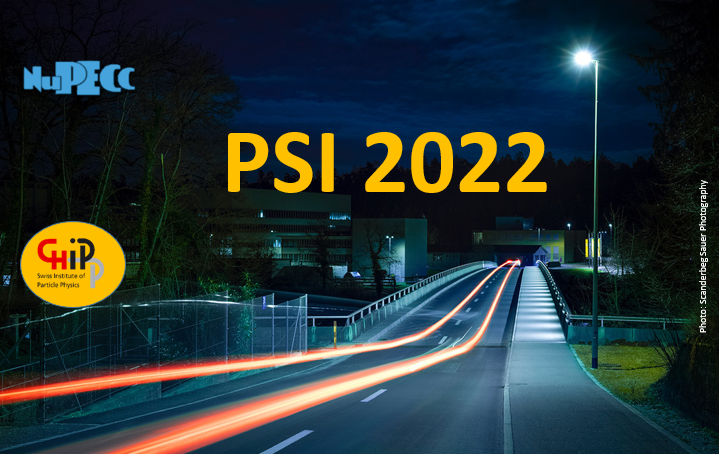Speaker
Description
S. Ulmer$^1$, C. Smorra$^{1,2}$, F. Abbass$^2$, K. Blaum$^3$, M. Bohman$^{1,3}$, M. Borchert1,$^4$, J. A. Devlin$^{1,5}$, S. R. Erlewein$^{1,3,5}$, M. Fleck$^{1,6}$, P. Geissler$^{1,5}, J. I. Jaeger$^{1,3}, B. M. Latacz$^1$, D. Popper$^2$, G. Umbrazunas$^{1,7}$, M. Wiesinger$^{1,3}$, C. Will$^3$, E. J. Wursten$^{1,3}$, Y. Matsuda$^6$, C. Ospelkaus$^4$, W. Quint$^7$, A. Soter$^8$, J. Walz$^2$, Y. Yamazaki$^1$
$^1$RIKEN, Ulmer Fundamental Symmetries Laboratory, Saitama, Japan;
$^2$Johannes Gutenberg-Universität, Mainz, Germany;
$^3$Max-Planck-Institut für Kernphysik, Heidelberg, Germany;
$^4$PTB, Braunschweig, Germany;
$^5$CERN, Geneva, Switzerland;
$^6$The University of Tokyo, Tokyo, Japan;
$^7$GSI - Helmholtzzentrum für Schwerionenforschung GmbH, Darmstadt, Germany;
$^8$ETH, Zuerich, Switzerland;
The Standard Model of particle physics is incredibly successful and glaringly incomplete. Among the questions left open is the striking imbalance of matter and antimatter in our universe, which inspires experiments to compare the fundamental properties of matter/antimatter conjugates with high precision. The BASE collaboration at the antiproton decelerator of CERN is performing such high-precision comparisons with protons and antiprotons. Using advanced cryogenic Penning traps, we have recently performed the most precise measurement of the proton-to-antiproton charge-to-mass ratio with a fractional uncertainty of 16 parts in a trillion [1]. In another measurement, we have invented a novel spectroscopy method, that allowed for the first direct measurement of the antiproton magnetic moment with a fractional precision of 1.5 parts in a billion [2]. Together with our last measurement of the proton magnetic moment [3] this improves the precision of previous magnetic moment based tests of the fundamental CPT invariance by more than a factor of 3000. A time series analysis of the sampled magnetic moment resonance furthermore enabled us to set first direct constraints on the interaction of antiprotons with axion-like particles (ALPs) [4], and most recently, we have used our ultra-sensitive single particle detection systems to derive constraints on the conversion of ALPs into photons [5]. In parallel we are working on the implementation of new measurement technology to sympathetically cool antiprotons [6] and to apply quantum logic inspired spectroscopy techniques [7]. I will review the recent results produced by BASE, with particular focus on the recent 16 p.p.t. comparison of the antiproton-to-proton charge-to-mass ratio. I will also outline strategies to further improve our high-precision studies of matter-antimatter symmetry, which will include the implementation of the transportable antiproton trap BASE-STEP.
[1] M. J. Borchert et al., Nature 601, 35 (2022).
[2] C. Smorra et al., Nature 550, 371 (2017).
[3] G. Schneider et al., Science 358, 1081 (2017).
[4] C. Smorra et al., Nature 575, 310 (2019).
[5] J. A. Devlin et al., Phys. Rev. Lett. 126, 041321 (2021).
[6] M. A. Bohman et al. Nature 596, 514 (2021)
[7] J. M Conrejo et al., New J. Phys. 23 073045

